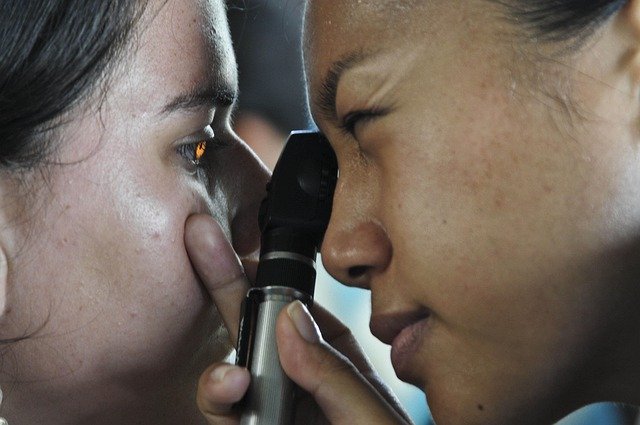The Untapped Potential of Postural Therapy in Improving Wellness
In an age where most of our work is computer-based, and our leisure activities often involve hunching over screens, the importance of good posture is often overlooked. But how can the understanding and application of postural therapy provide a fresh perspective on health and wellness?

A Brief History of Postural Therapy
Postural therapy, as a distinct field of health and wellness, has its roots in the late 19th and early 20th centuries. During this period, health professionals began to recognize the interconnections between posture, physical health, and overall well-being. Notable among these pioneers was F. Matthias Alexander, an Australian actor who developed the Alexander Technique after observing that his vocal problems stemmed from poor posture. However, postural therapy remained relatively obscure until the late 20th century when the rise of sedentary lifestyles triggered a surge in posture-related health issues.
Contemporary Postural Therapy: An Evidence-Based Approach
Postural therapy has come a long way from its early beginnings. Today, it combines scientific research on biomechanics, neurology, and psychology to provide a holistic approach to wellness. One of the leading trends in postural therapy is the use of technology to diagnose and correct postural imbalances. Apps and wearables that help users monitor and improve their posture are on the rise.
Postural therapy is also making its mark in the corporate world. Studies have shown that correcting employees’ postural habits can lead to increased productivity, reduced absenteeism, and improved mental health.
The Science Behind Postural Therapy
The human body is designed for movement. When we maintain a static posture for extended periods - whether sitting or standing - it creates tension and imbalance in our muscles and joints. Over time, this can lead to chronic pain, decreased flexibility, and even degenerative conditions like osteoarthritis.
Research has shown that postural therapy can help prevent and alleviate these issues. It works by retraining the body to maintain healthy alignment, reducing unnecessary strain on the musculoskeletal system.
Challenges and Limitations of Postural Therapy
Despite the proven benefits, postural therapy is not a quick fix. It requires time, commitment, and often professional guidance. Moreover, while postural therapy can alleviate many health issues, it is not a substitute for medical treatment in severe cases.
Practical Tips for Better Posture
- Pay attention to your body: Regularly check your posture throughout the day and adjust as necessary.
- Move regularly: Break up long periods of sitting or standing with short breaks for movement.
- Exercise: Regular physical activity helps strengthen the muscles that support good posture.
- Seek professional help: If you have chronic pain or severe postural issues, consider seeking help from a professional.
In conclusion, postural therapy offers a fresh perspective on health and wellness, addressing a common but often overlooked issue. While it’s not a cure-all, it can significantly improve physical health, mental well-being, and overall quality of life. As we continue to navigate an increasingly sedentary world, the importance of good posture - and the benefits of postural therapy - cannot be overstated.




